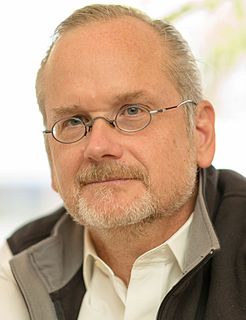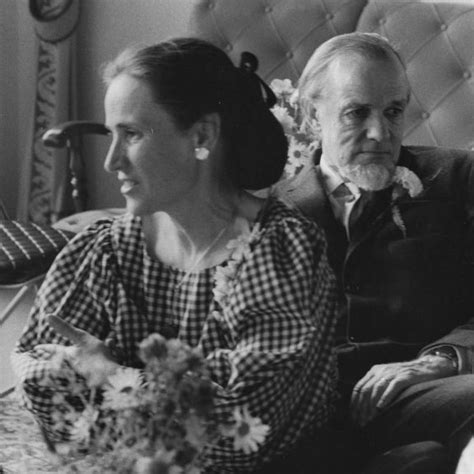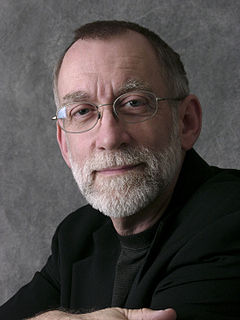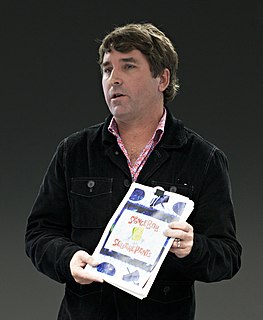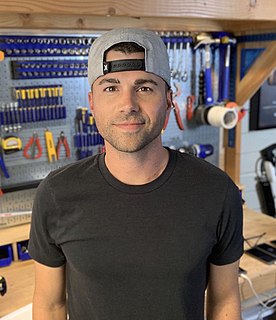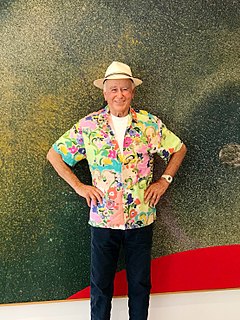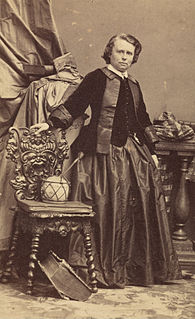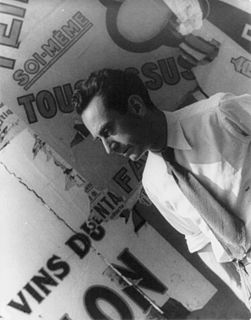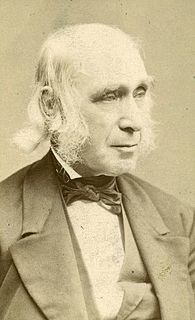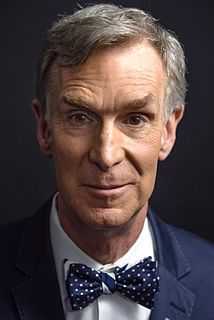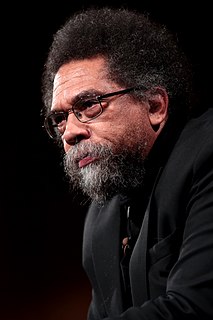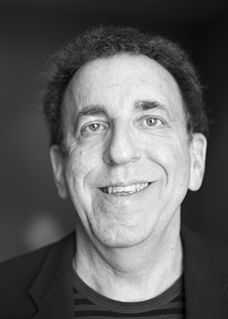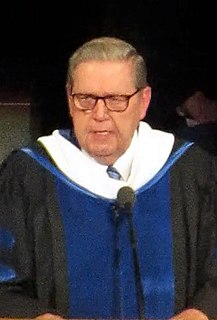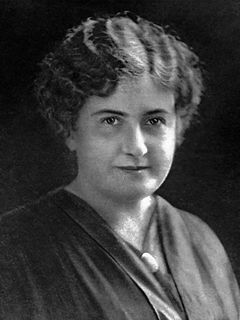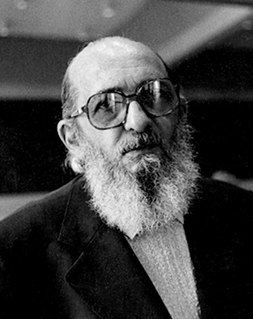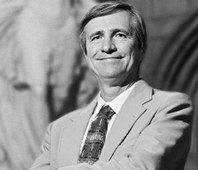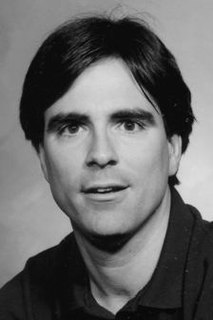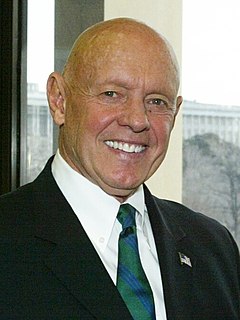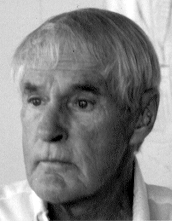A Quote by Lawrence Lessig
Creation always involves building upon something else. There is no art that doesn't reuse. And there will be less art if every reuse is taxed by the appropriator.
Related Quotes
I learned in America a long time ago, the three R's, the principle of three R's - reuse, reduce, recycle. And as I say those words, there are so many things individually we can do to reduce - we don't need to consume as much as we are consuming. Reduce. And by reusing, we can reuse a lot of things we just throw into the dumpsite. And reduce the production. The more we reuse, the more we can reduce.
All art involves conscious discipline. If one is going to paint, do sculpture, design a building or write a book, it will involve discipline in time and energy — or there would never be any production at all to be seen, felt or enjoyed by ourselves or others. To develop ‘Hidden Art’ will also, of course, take time and energy – and the balance of the use of time is a constant individual problem for all of us: what to do, and what to leave undone. One is always having to neglect one thing in order to give precedence to something else. The question is one of priorities
Concrete, Steel & Paint portrays the core values of restorative justice-respect, responsibility and relationships-expressed through art. it is art that involves victims, offenders and communities in a dialogue that is sometimes difficult and painful, sometimes reconciling, but always engaging. As one prisoner says in the film, 'We have come together collectively through art.' It will be a great discussion tool for college classes, community groups and others interested in issues of justice, community-building, conflict resolution and socially-engaged art.
I think that a lot of artists have succeeded in making what I might call "curator's art." Everybody's being accepted, and I always want to say, "Really? That's what you've come for? To make art that looks a lot like somebody else's art?" If I am thinking of somebody else's art in front of your art, that's a problem.
There are so many people who have a training in art history; and if you've spent time looking at old art, you become attuned to what art does through materiality and so you begin to look to that in contemporary art as well. And anyway, I do think that matching one's experience with what you're looking at and questioning what you're looking inevitably involves materiality, just like it involves the sense of place.
I had always drawn, every day as long as I had held a pencil, and just assumed everyone else had too…Art had saved me and helped me fit in…Art was always my saving grace…Comedy didn’t come until much later for me. I’ve always tried to combine the two things, art and comedy, and couldn’t make a choice between the two. It was always my ambition to make comedy with an art-school slant, and art that could be funny instead of po-faced.
All art is propaganda. ... The only difference is the kind of propaganda. Since art is essential for human life, it can't just belong to the few. Art is the universal language, and it belongs to all mankind. All painters have been propagandists or else they have not been painters. ... Every artist who has been worth anything in art has been such a propagandist. ... Every strong artist has been a propagandist. I want to be a propagandist and I want to be nothing else. ... I want to use my art as a weapon.
